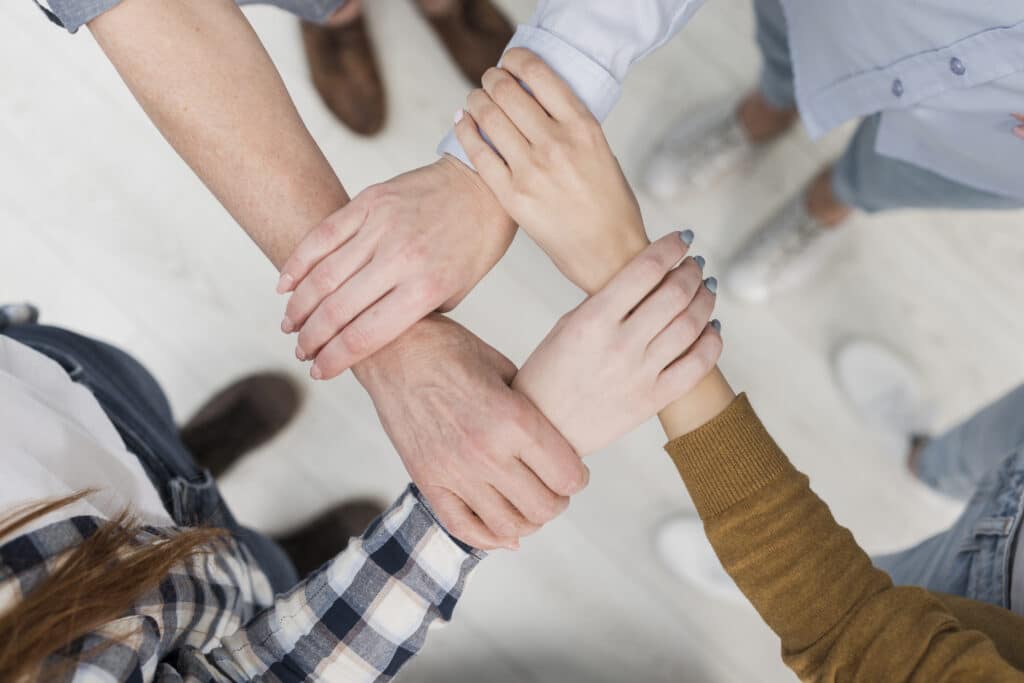
A loyal podcast audience doesn’t just listen—they engage, share, and grow with your show. As more creators recognize the power of listener interaction, private communities are becoming essential tools for deepening connection and building long-term growth. Whether you’re using Discord, Slack, or other platforms, creating a space for your audience to gather can significantly enhance loyalty and spark valuable word-of-mouth momentum.
Why Community Matters for Podcasts
Podcasting is naturally personal. Listeners tune in regularly, often feeling a one-on-one connection with the host. By offering a place for fans to connect with you and each other, you strengthen that bond. A well-run community becomes a space for shared interests, episode discussion, and behind-the-scenes access, which transforms passive listeners into active advocates.
Strong communities increase listener retention, encourage referrals, and can even serve as a valuable feedback loop for refining content. When people feel part of something, they stay longer and spread the word faster.
Choosing the Right Platform
Discord is a favorite among podcasters who want flexibility in organizing discussions, channels, events, and voice chats. It supports real-time conversation and is great for shows with active fan bases, niche interests, or interactive content like Q&A and live watch-alongs. Slack, while designed for workspaces, works well for professional or content-specific communities that value structure and productivity-focused features. It’s especially useful for podcasts in business, tech, or education niches.
Beyond these two, some creators use Facebook Groups, Geneva, or even Mighty Networks to host community spaces with integrated content and member access controls. The best choice depends on your audience’s preferences and your show’s tone.
Best Practices for Growing and Managing Communities
Start small and intentional. Invite your most engaged listeners first, those who already comment, email, or share your episodes. Give them a warm welcome and ask for input on how they’d like to use the space. Once momentum builds, promote the community on your podcast, social media, and newsletter. Create conversation starters tied to episode topics, host occasional AMAs, and offer sneak peeks or bonus content. Be consistent and present, but avoid micromanaging. A good community thrives when it feels co-owned by its members, not just managed from above.
Set clear rules for respectful interaction and highlight community contributions. Recognizing active members or showcasing fan-generated content can build a culture of support and enthusiasm.
Final Thoughts
Building a podcast community doesn’t require a massive following, it requires intention, consistency, and a platform that fits your audience’s needs. Whether you’re chatting in Discord, collaborating in Slack, or testing new platforms, a thriving community turns listeners into loyal champions who share, support, and stick around for the long haul.
If you are interested in podcast advertising go to Modernstoa.co.

